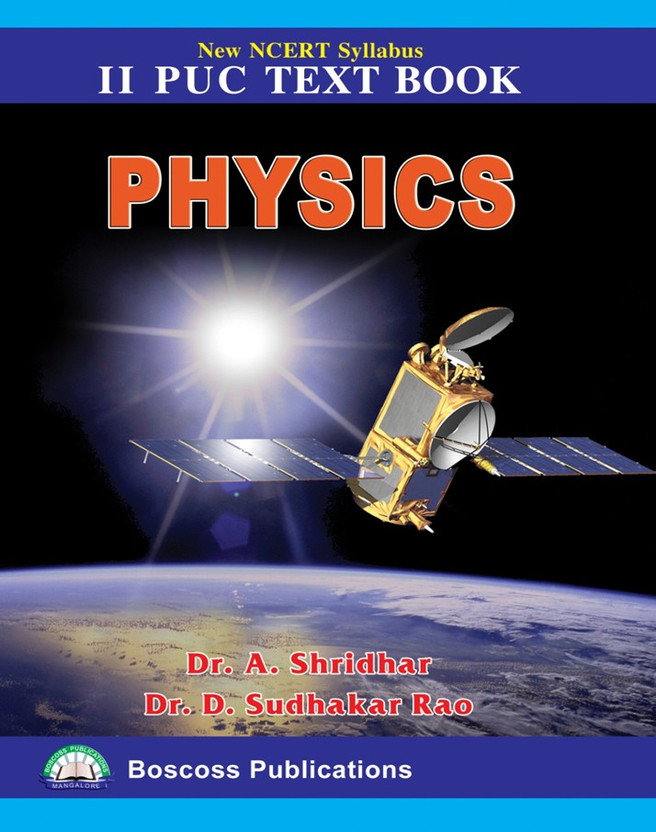


These contacts are primarily hydrogen bonds to the ribose backbone and, therefore, are sequence independent. Docking is stabilized by interactions between the single-stranded region J8/7 and the minor groove of P1. P1, whether composed of a hairpin in the self-splicing intron or composed of an intermolecular duplex in a ribozyme form, docks into the active site of the ribozyme. It is complementary to the first strand, maintains the G U wobble base pair, and extends for at least one nucleotide beyond the cleavage or splice site. The second strand serves as a substrate for the ribozyme. The first strand is formed from the very 5′ end of the ribozyme and is called an internal guide sequence (labeled IGS in Figure 1). The intron may be converted into a ribozyme by splitting the P1 helix into two molecules ( Figure 1). This base pair can be readily incorporated into an RNA double helix and is about as stable as an A–U base pair. G U wobble pairs, like A–U base pairs, contain two hydrogen bonds between the two bases ( Figure 4), but the geometry of the pair is slightly altered compared to a Watson–Crick base pair: the guanosine base is pushed slightly into the minor groove and the uridine base is pushed slightly into the major groove. The helix is 3–6 bp in length, depending on the specific intron, and the final base pair is a G U wobble pair composed of the last nucleotide in the 5′ exon, and a guanosine near the 5′ end of the intron. In self-splicing introns, helix P1 is formed by intramolecular base pairing between the 5′ exon and a complementary sequence near the 5′ end of the intron, creating a stem-loop structure ( Figure 2).

The 5′ splice site is recognized in the context of a short double-stranded region called P1. Golden, in Encyclopedia of Biological Chemistry, 2004 H elix P1 and 5′ S plice-S ite R ecognition

Hoogsteen base pairing permits the formation of triple-helix DNA, also called triplex or H-DNA (refer to Section II,C,1). In Hoogsteen base pairing, the purine rotates 180° with respect to the helix axis and adopts a syn conformation. T and G♼ + (C residue is protonated at the N-3 position).One peculiarity of the reverse Watson–Crick base pairing is that the two pairing strands can form an as yet unnatural parallel-stranded, right-handed double helix ( 2, 3).Īnother important base pairing scheme is the Hoogsteen base pairing, A T pairing, the T ring is rotated 180° around the N-3-C-6 axis from the normal Watson–Crick pair.C, and the reverse Watson–Crick base pair A.The non-Watson–Crick type of base pairing also comprises the base pairs formed by inosine (I) with C, T, or A, purine base pairs A T(U) base pair, are stabilized in the helix structure by one or more water molecules which in one part bridge between the ring nitrogens and in other part link the bases and backbone phosphates ( 1).These non-Watson–Crick base pairs, including the rare type C C base pairing which is based on amino–imino tautomerism ( Fig.T(U) base pairing which arises as a result of keto–enol tautomerism and A.Among the most frequent of wobble base pairs are G Wobble base pairs play an important role in codon-anticodon interactions. Wobble base pairs occur at a high frequency in tRNAs, but are relatively rare in other nucleic acids. There are a variety of alternative H-bonded base pairing arrangements called non-Watson–Crick or wobble base pairs. Non-Watson–Crick base pairingīases do not always pair according to the Watson–Crick base pairing rule. Hyone-Myong Eun, in Enzymology Primer for Recombinant DNA Technology, 1996 b.


 0 kommentar(er)
0 kommentar(er)
